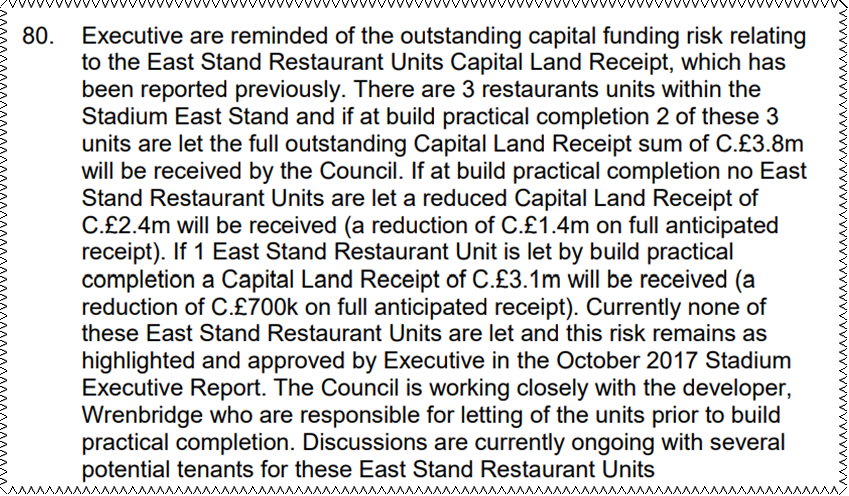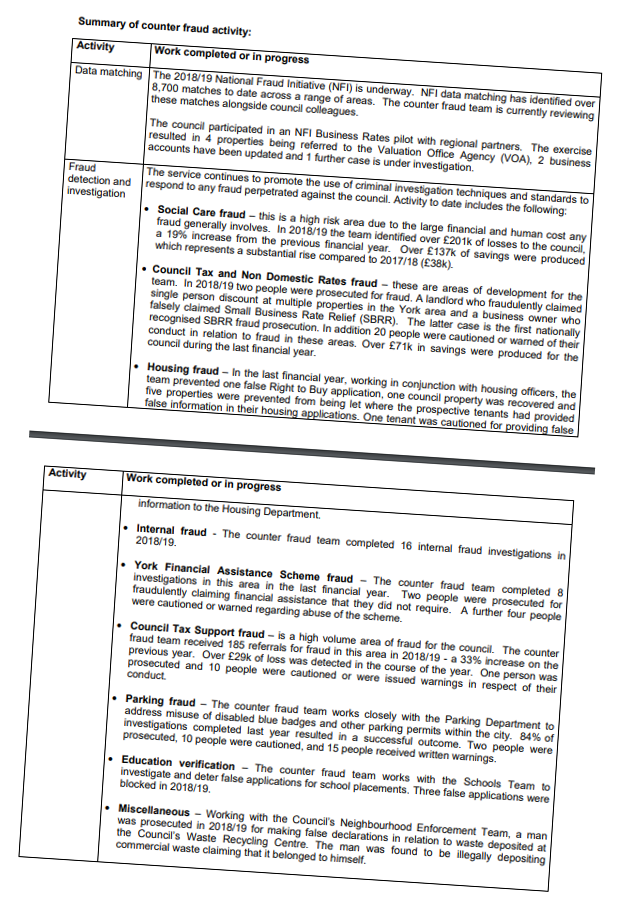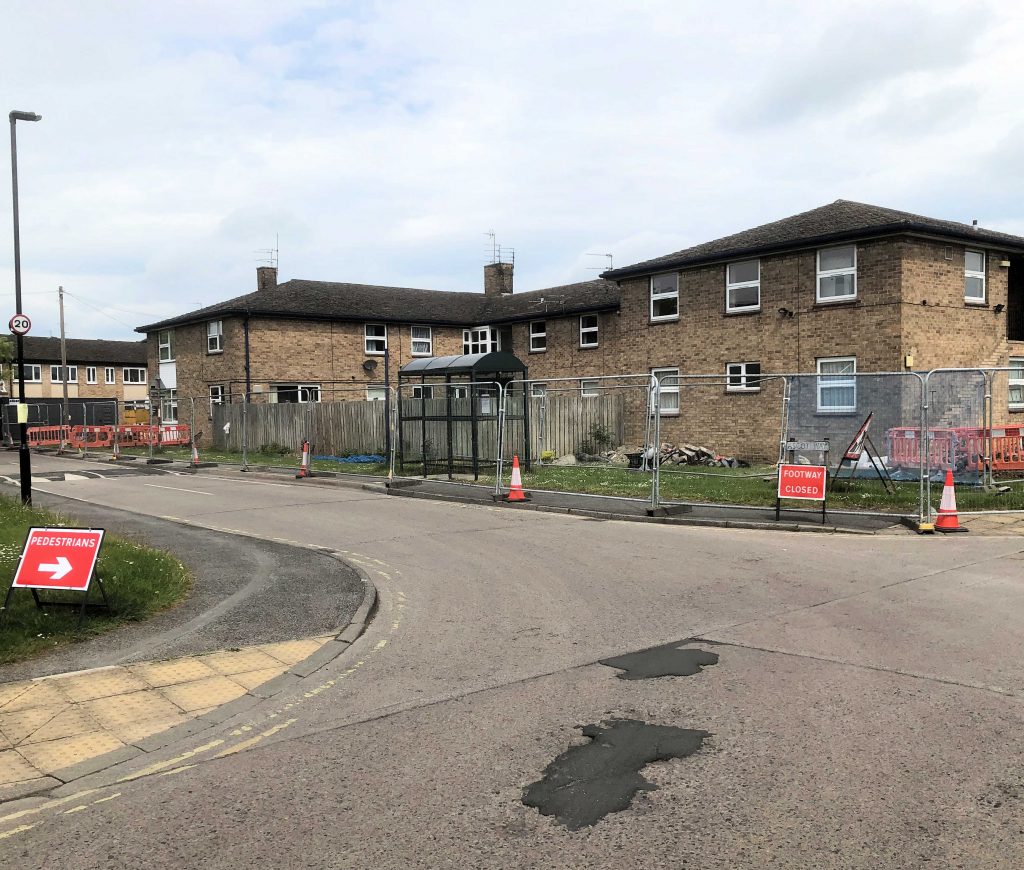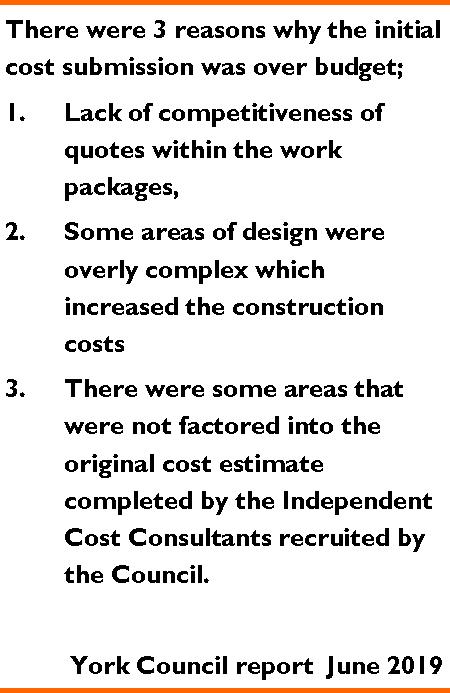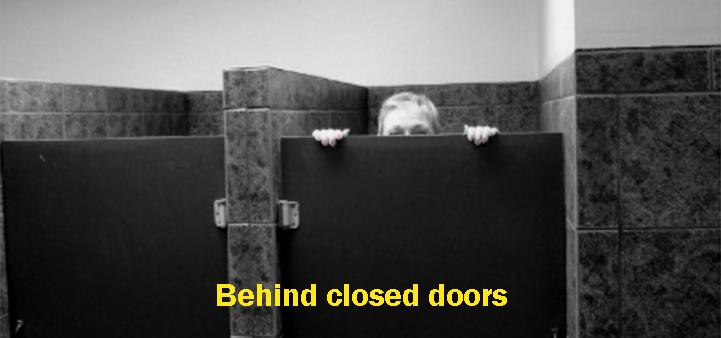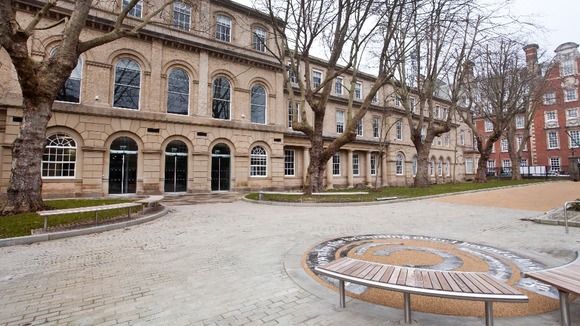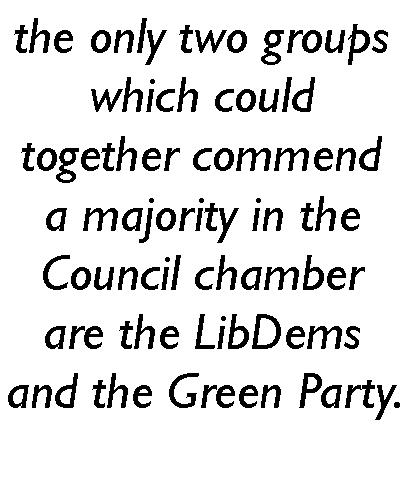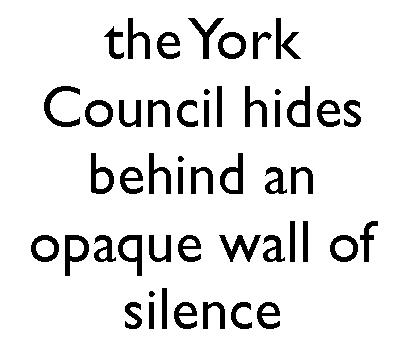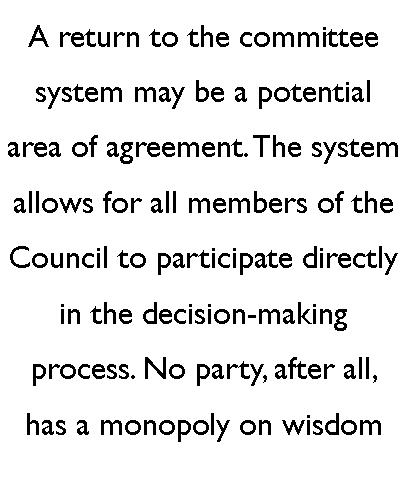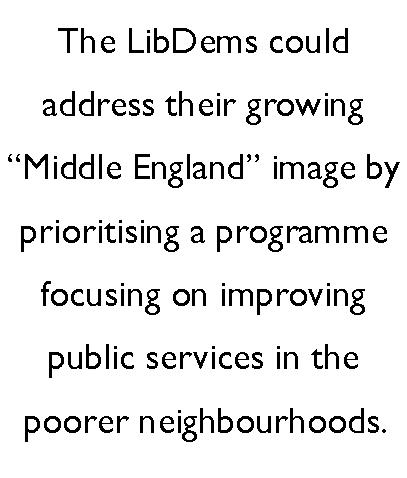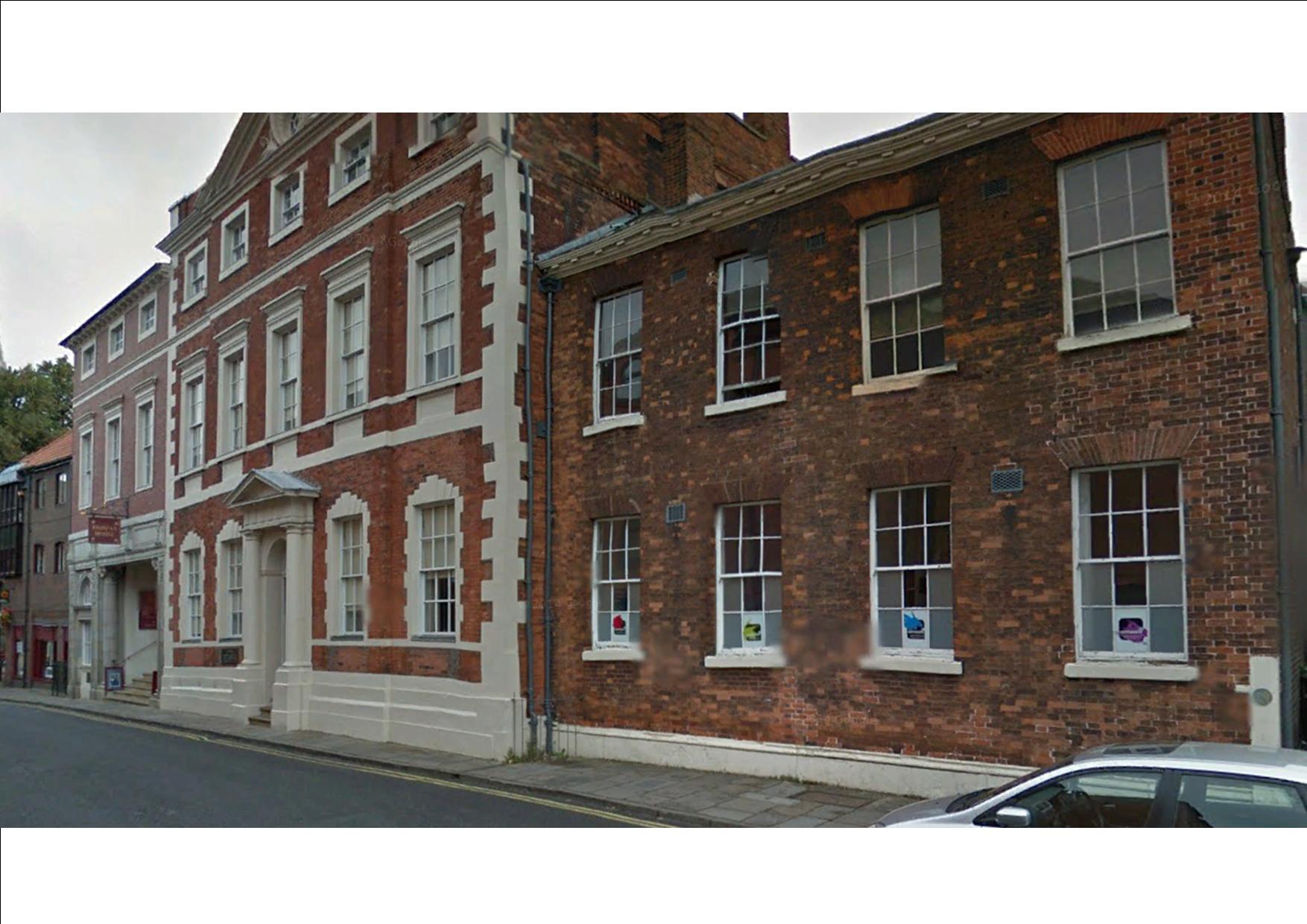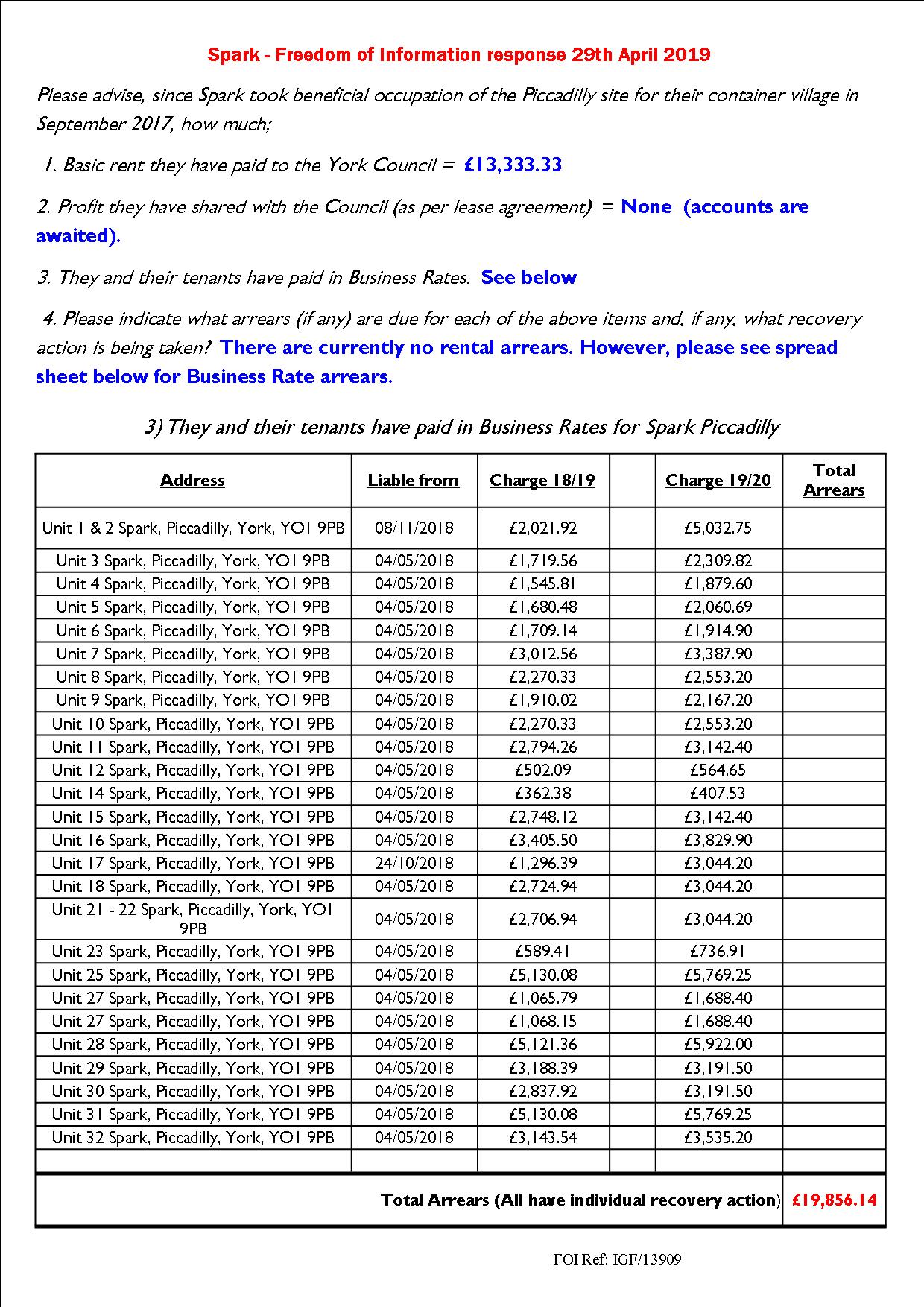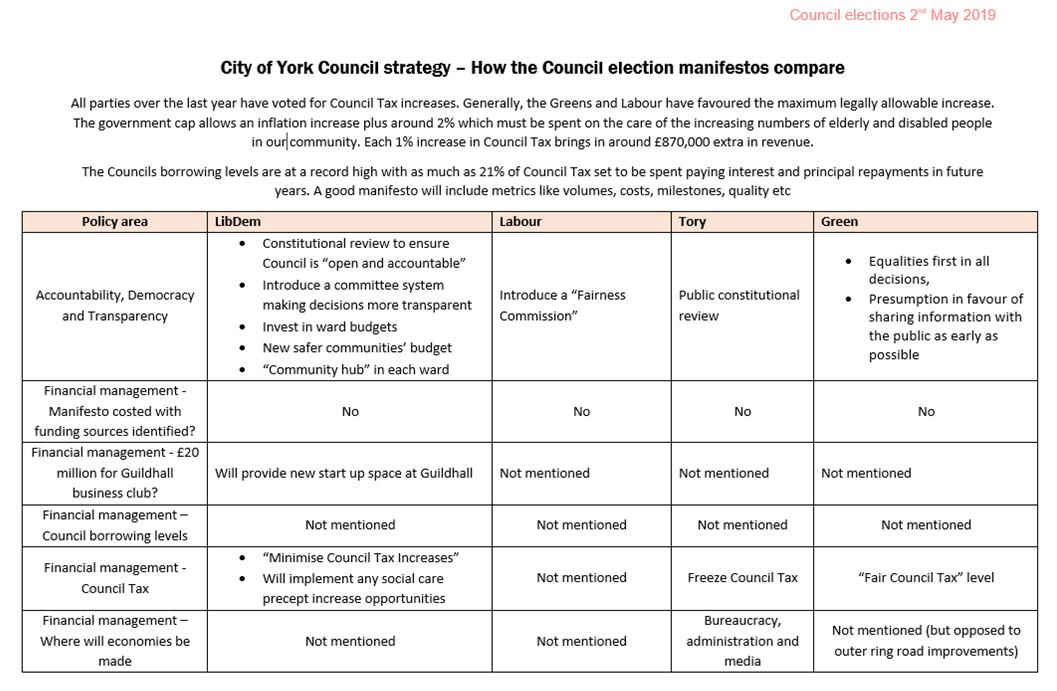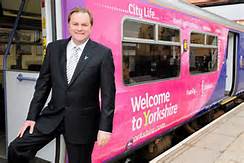Freedom of Information response confirms that buyer has pulled out of deal to buy 29 Castlegate
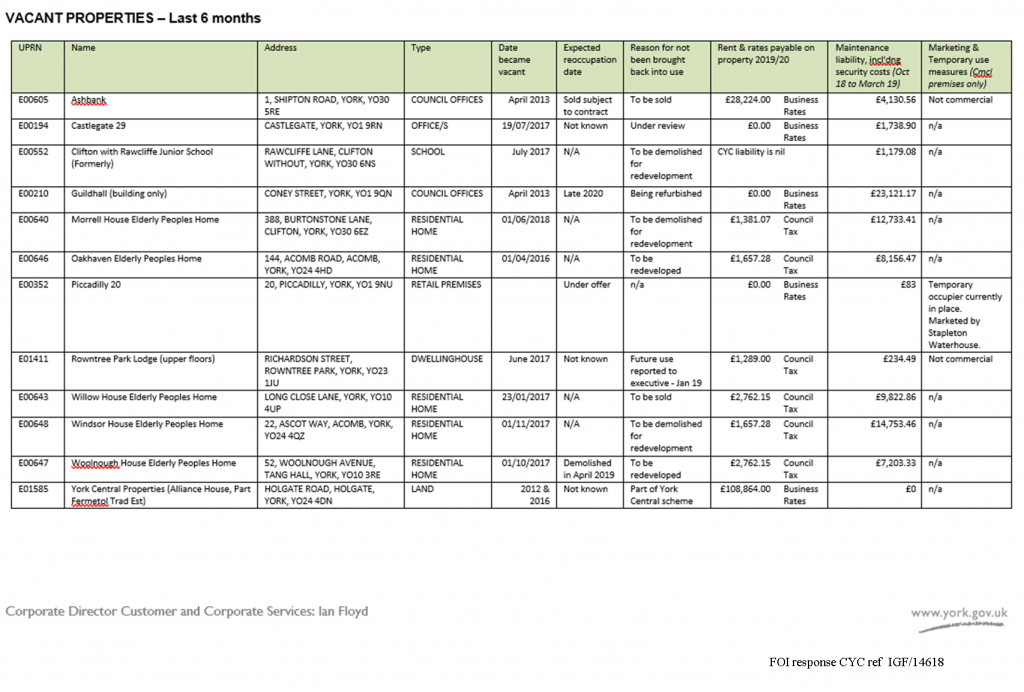
The York Council has confirmed that it owns 12 substantial properties in the City which have been empty for over 6 months.
Two of the properties, Ashbank and the Guildhall, have been unused for over 6 YEARS.
Ashbank was reported as being sold for £1.3 million a year ago. The Council now just says it is “sold subject to contract”.
The new Executive is expected to review the affordability of a £20 million scheme at the Guildhall which would see the creation of a “business club” there. If the project goes ahead, work will start in the autumn with reoccupation expected in 2021.
The estimated total value of the assets is put at between £30/40 million.
Little attempt has been made to secure short term lets for the properties which include prime sites like 29 Castlegate, the former youth advisory HQ.
Most of the properties have been exempt from paying business rates. Had they been occupied then Council taxpayers would have benefited from an additional £200,000 a year in income.
To this would be added rental income of around £400,000 a year or a substantial capital receipt.
The Castlegate property was to have been purchased by the York Conservation Trust with the York Civic Trust hoping to subsequently lease the building as part of its expansion plans for the adjacent Fairfax House.
The agreed purchase price of £430,000 was criticised at the time as being “too low” for a building in such a prime site.
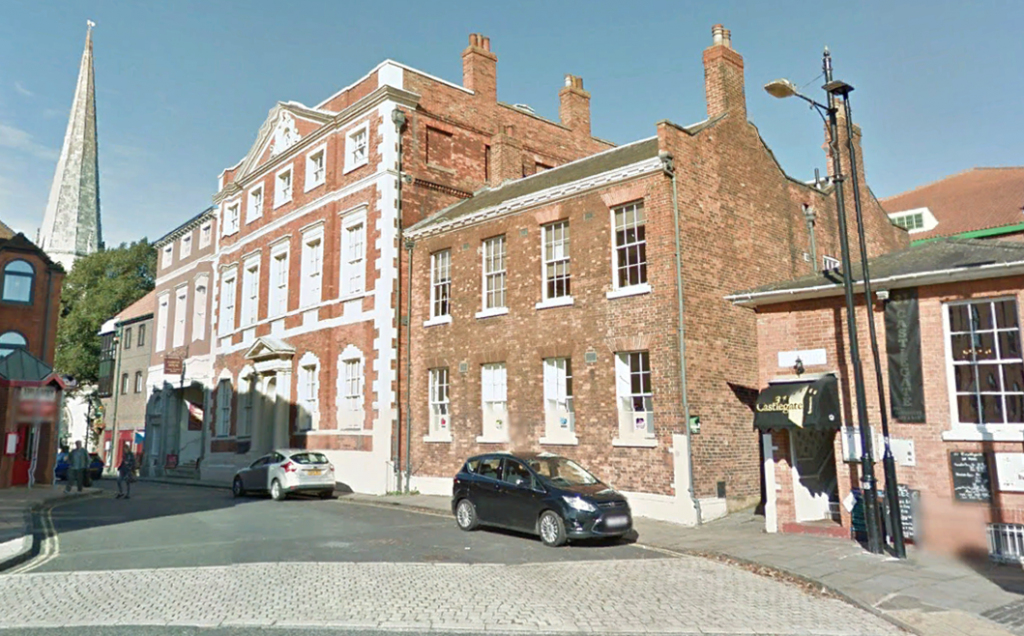
Now the Council says that it was notified on 21st May that the Conservation Trust would not be purchasing the building. However, the York Civic Trust had been told the same at their AGM last year. The Council say that they are now “reviewing” the position.
No public reports have been made on asset utilisation issues at the York Council this year.
The Council is spending around £80,000 a year on maintaining and securing the properties.
Only one of the properties has a temporary occupant (20 Piccadilly)
The table does not include underused assets like 19/21 Piccadilly (Spark) or land with a development potential. The latter includes land purchased in 2008 to accommodate an extension to Acomb Explore Library and which has been unused ever since.

The Council says that it has only one Council house, at Glen Lodge, which has been empty for longer than 6 months.
The Council Housing department has been criticised in the past for allowing some of its estate garages to remain empty for extended periods of time.
The revelations have led to calls for a more proactive approach by the Council in the use of its assets. The new Council leadership has been advised to reintroduce a 6 monthly public report on empty property issues.
It may be that the time has come for the York Council to seek outside help in managing its huge commercial building portfolio

